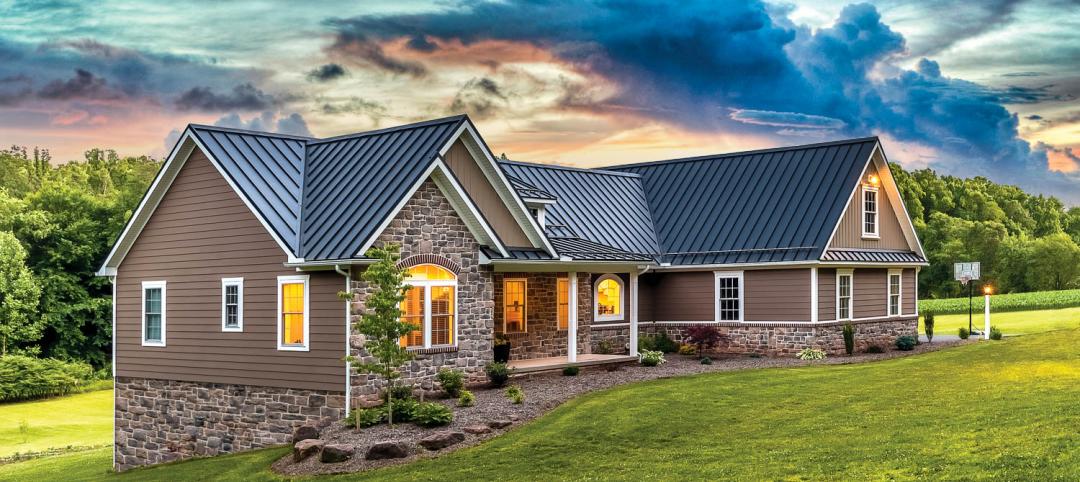nZero, developer of a real-time carbon accounting and management platform, is offering free carbon emissions assessments for buildings in New York City.
The offer is intended to help building owners prepare for the city’s upcoming Local Law 97 reporting requirements and compliance. This law will soon assess monetary fines for buildings with emissions that are in non-compliance.
Nearly 20% of properties are currently over the Local Law 97 caps set for 2024, while about 76% of properties are over the caps set for 2030, according to a nZero news release. “The Real Estate Board of New York (REBNY) estimates 3,700 properties could initially be out of compliance and face over $200 million per year in penalties—this could exceed $900 million annually by 2030,” the release says.
Local Law 97 introduces GHG emissions requirements on buildings over 25,000 sf, and two or more buildings on the same tax lot with a combined size exceeding 50,000 sf. The non-compliance penalty is $268 per metric ton, with the largest non-compliant buildings estimated to be facing fines greater than $100,000 per year. Initial reporting is due May 2025.
“Every building at a certain size will need to meet the new Local Law 97 emissions regulations, but you can't act on what you can't measure,” says Josh Griffin, co-founder and chief policy officer of nZero. “The key to avoiding penalties in May 2025 is early action. Our free assessment helps buildings benchmark emissions now, see what their footprint will look like under the new reporting standards, and offer a decarbonization roadmap based on their unique needs.”
Related Stories
Codes and Standards | Jul 12, 2022
USGBC sets out principles for LEED’s future
The U.S. Green Building Council recently published a report containing principles outlining how LEED will evolve.
Building Team | Jul 12, 2022
10 resource reduction measures for more efficient and sustainable biopharma facilities
Resource reduction measures are solutions that can lead to lifecycle energy and cost savings for a favorable return on investment while simultaneously improving resiliency and promoting health and wellness in your facility.
Building Team | Jul 1, 2022
How to apply WELL for better design outcomes
The International WELL Building Institute (IWBI) cites attracting top talent, increasing productivity, and improving environmental, social or governance (ESG) performance as key outcomes of leveraging tools like their WELL Building Standard to develop healthier environments.
Green | Jun 22, 2022
The business case for passive house multifamily
A trio of Passive House experts talk about the true costs and benefits of passive house design and construction for multifamily projects.
Sustainable Design and Construction | Jun 14, 2022
For its new office, a farm in California considers four sustainable design options, driven by data
The architect used cove.tool’s performance measurement software to make its case.
Building Team | Jun 13, 2022
Partnership rethinks emergency shelters to turn them into sustainable, resilient homes
Holcim and the Norman Foster Foundation have struck a partnership to rethink emergency shelters to turn them into sustainable and resilient homes.
Green Specifications | May 12, 2022
MG2’s Sustainable Materials Evaluation System
Learn how MG2’s Sustainable Materials Evaluation System helps clients, prospects, and staff choose the most environmentally feasible materials for their building projects. Candon Murphy, LEED GA, Assoc. IIDA, Design Lab Manager and Materials & Sustainability Specialist with MG2, speaks with BD+C Executive Editor Rob Cassidy.
Sponsored | BD+C University Course | May 5, 2022
Designing with architectural insulated metal wall panels
Insulated metal wall panels (IMPs) offer a sleek, modern, and lightweight envelope system that is highly customizable. This continuing education course explores the characteristics of insulated metal wall panels, including how they can offer a six-in-one design solution. Discussions also include design options, installation processes, code compliance, sustainability, and available warranties.
Sponsored | Healthcare Facilities | May 3, 2022
Planning for hospital campus access that works for people
This course defines the elements of hospital campus access that are essential to promoting the efficient, stress-free movement of patients, staff, family, and visitors. Campus access elements include signage and wayfinding, parking facilities, transportation demand management, shuttle buses, curb access, valet parking management, roadways, and pedestrian walkways.

















